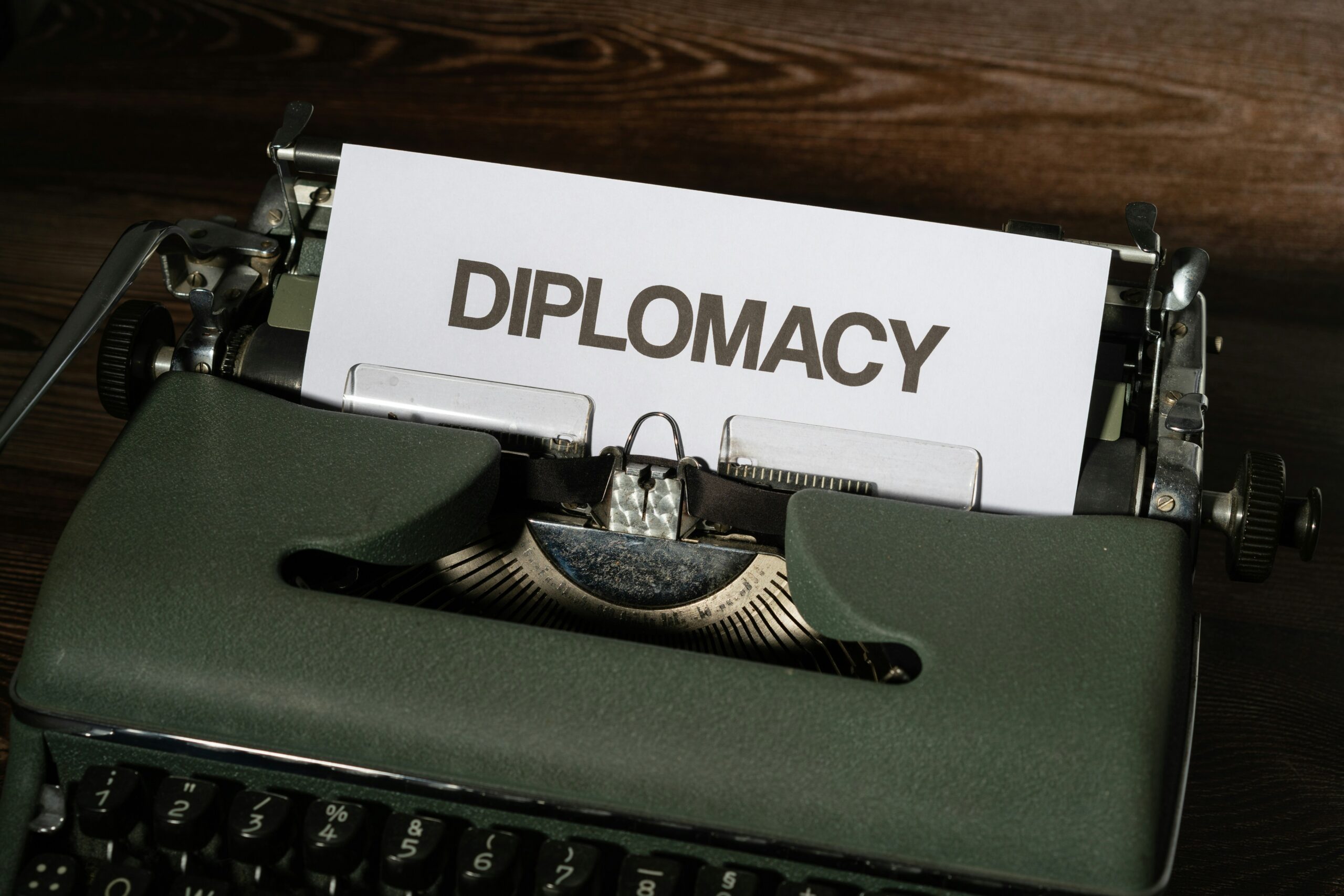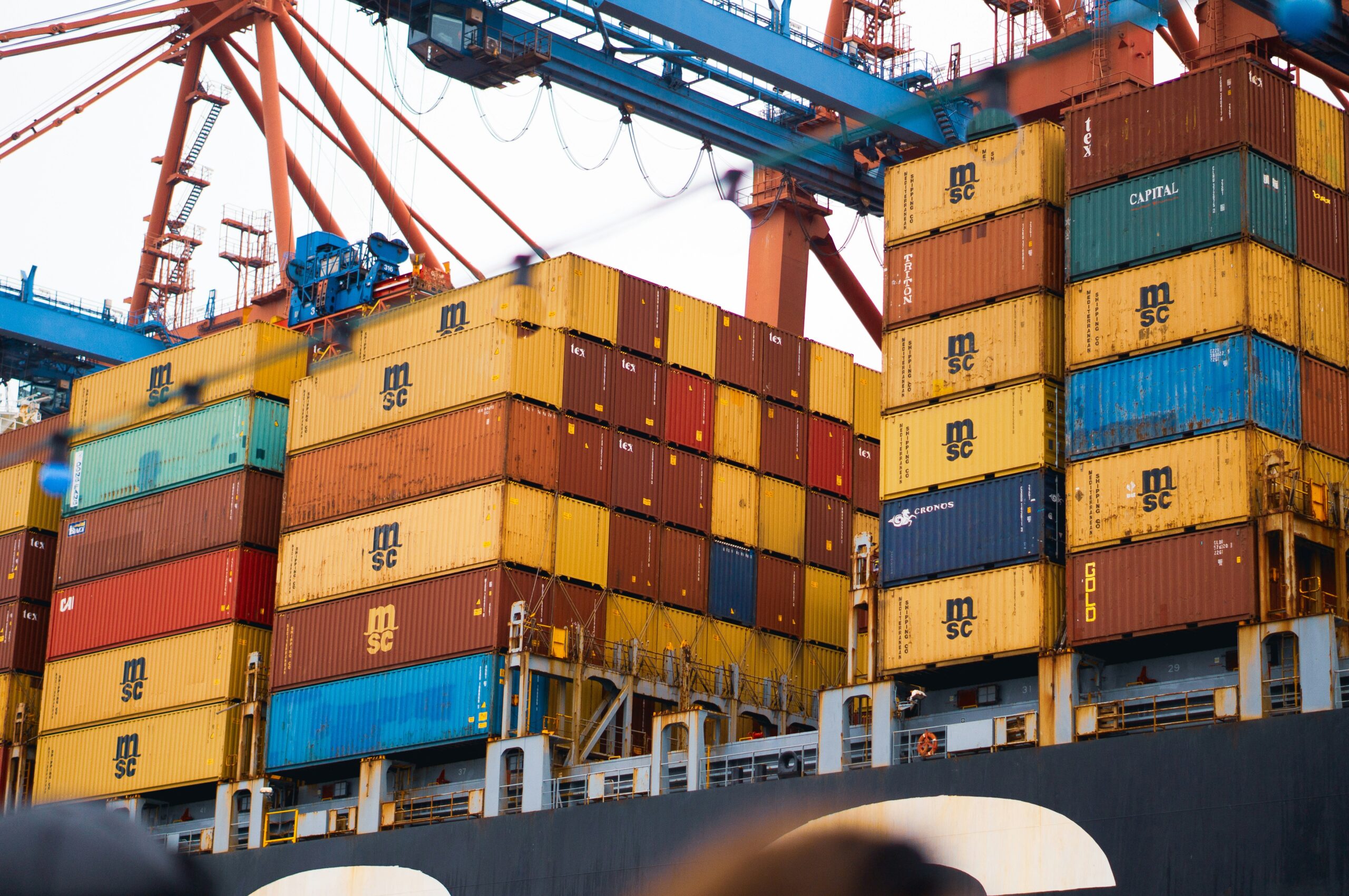India has forty-two trade agreements in place, some of which are in force, signed, negotiated, or proposed. The vast majority of India’s existing free trade agreements are with Asian countries that are vastly different in terms of economic growth. This text briefly discusses several of India’s trade agreements.

Free Trade Area of South Asia
The South Asian Free Trade Area (SAFTA) agreement went into effect on January 1, 2006. India, Sri Lanka, Pakistan, Maldives, Bhutan, Nepal, and Bangladesh are the countries engaged.
India and the Association of Southeast Asian Nations (ASEAN) trade agreement.
ASEAN-India Free Trade Agreement (ASEIFTA) was signed in Bali, Indonesia on October 8, 2003. The Agreement established one of the world’s largest free trade regions when it went into effect in 2010. As part of the agreement, ASEAN and India agreed to gradually eliminate tariffs on 76.4 percent of goods.
India – Republic of Korea Trade Agreement
The Republic of Korea and India signed a Comprehensive Economic Partnership Agreement (CEPA) in Seoul in 2009. The CEPA took effect on January 1, 2010. Over the next decade, Korea dropped duties on 90% of Indian imports, while India reduced tariffs on 85% of Korean exports. India’s request for a wide range of goods and services is growing quickly as a result of the country’s consistent GDP growth of roughly 8% during the previous five years. By 2030, India is expected to be the third-largest economy on the planet.
India-UAE trade Agreements (UAE)
The goal of the Comprehensive Economic Partnership Agreement (CEPA) between India and the UAE is to increase bilateral product trade to $100 billion by 2030. The CEPA between India and the United Arab Emirates is India’s first trade deal with a major trading partner in over a decade. India’s most recent major free trade agreement was with Japan in 2011. The pact is the first in a series of free trade agreements that India is negotiating to grow goods and services exports to 1 trillion dollars each by 2030.
Agreements on Trade between India and Japan
The Comprehensive Economic Partnership Agreement (CEPA) between India and Japan was signed on February 16, 2011, and into effect on August 1, 2011. Aside from speeding up business, the agreement planned to eliminate duties on 90% of Japanese exports to India, such as car parts and electric appliances, and 97 percent of Indian imports like agricultural products.
India and Singapore Trade Agreement
India and Singapore signed a Comprehensive Economic Cooperation Agreement (CECA) in 2005. It aims to improve bilateral trade relations between the two countries. The agreement removed tariff barriers, double taxation, and redundant processes and regulations. In 2006, more than 650,000 Indians visited Singapore, making it the country’s fourth most popular tourist destination.
Agreement on Trade between India and Malaysia
The Comprehensive Economic Cooperation Agreement (CECA) is a bilateral trade agreement between Malaysia and India. The agreement follows the recommendations of the Joint Study Group, which included representatives from both parties. The agreement’s goal is to increase economic and social advantages, raise living standards, and ensure high and consistent real income growth in their respective territories through increased trade and investment flows.
Asia-Pacific Trade Agreement (APTA)
In 1975, the Asia-Pacific Trade Agreement (APTA) was signed, previously known as the Bangkok Agreement, and renamed on the 2nd of November, 2005. In 2015-2016, the APTA covered a market of 2921.2 million people, resulting in a gross domestic product (GDP) of $14615.86 billion. Its goal is to use trade liberalization policies to foster economic development and collaboration.
Trade Agreement between India and Sri Lanka
When the India-Sri Lanka Free Trade Deal (ISFTA), Sri Lanka’s first bilateral free trade agreement, was signed on December 28, 1998, it became a historical milestone in the country’s commercial relations. With effect from March 1, 2000, the ISFTA came into force. Both parties have completed their phasing out commitments under their respective Tariff Liberalization Programs, hence the ISFTA is now fully operational.



